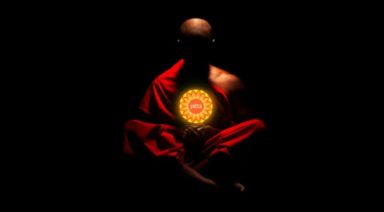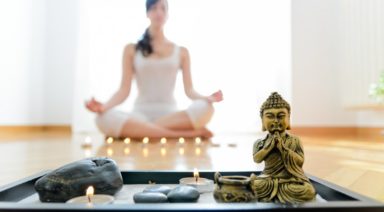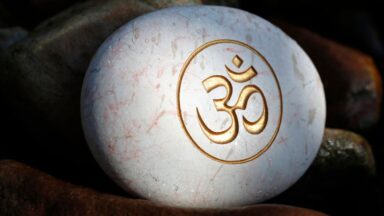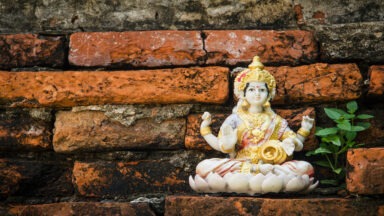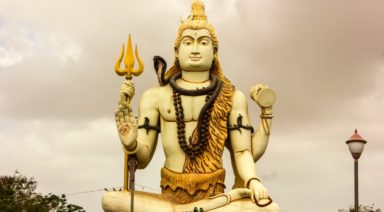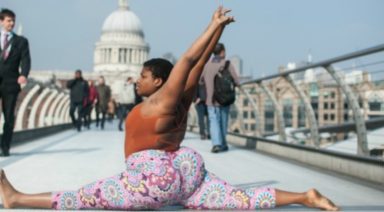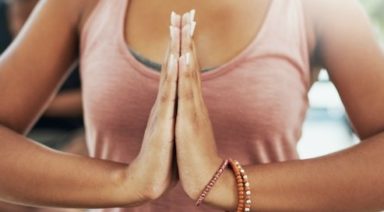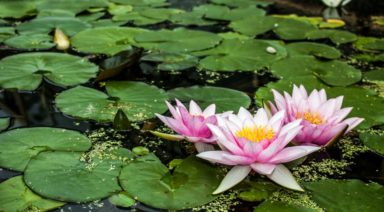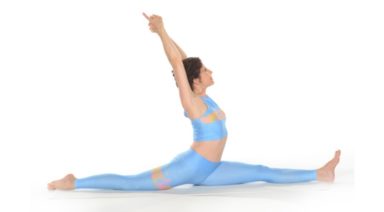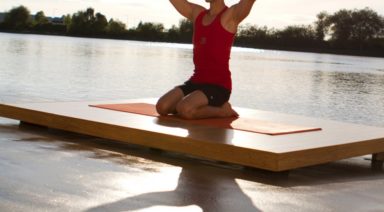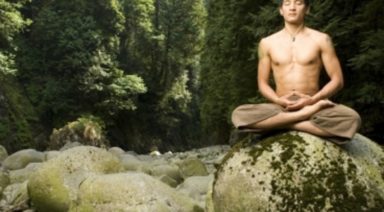Yoga For Your Doshas: Vata
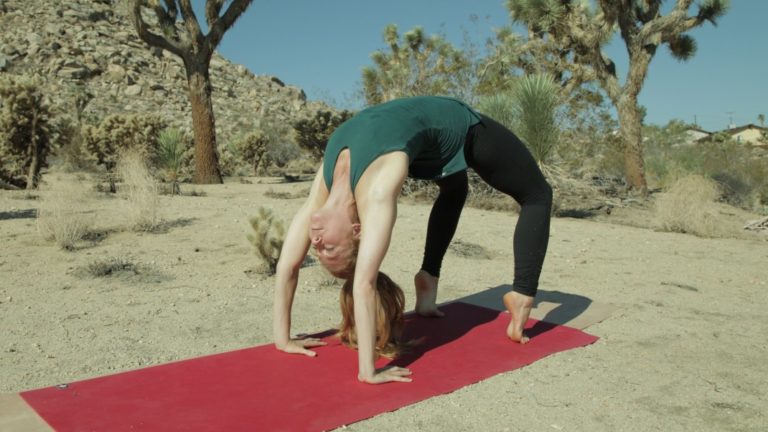
Being in the middle of the cold Vata season of the year, it is no coincidence that low energy is a common thread among many. If you suffer from low energy and lack of motivation you may know just what I’m referring to.
What does it mean?
For those of us who are aware of our inner and outer surroundings, it’s important to realize that we don’t all function the same way. We are all very different; not just in the way we look and feel, but on an entirely molecular and functional level as well. The ancient sister science to yoga, Ayurveda, has realized the need to not apply one cure to all, but to differentiate between different body mind types, the Doshas.
Each Dosha has unique qualities and challenges. To get the best results in any kind of lifestyle choice–be that food, exercise, even yoga and meditation–it is helpful to know which predominant Dosha you are and how to make adjustments that are sustainable based on this knowledge.
The Ayurvedic Doshas are assigned to elements found in nature; Vata is associated with air and space, Pitta with fire and water, and Kapha with water and earth. These elements lend each Dosha their characteristics.
Pitta tends to be a strong-willed and hot-headed type; Kapha is sturdy, grounded and easy going; and Vata is changeable and variable in many ways, be that emotions, career, health regimes and energy levels.
In part one of this series, I want to introduce to you the Vata Dosha.
In general, Vata is happiest when warm, be that living in a warmer climate or bundling up with layers of sweaters and blankets when the colder seasons hit. Ayurvedic warm oil massages, such as Abhayangha, are very beneficial for keeping muscles and joints well lubricated and nourished and for preventing the skin from drying out and cracking. Steam therapy or saunas are also beneficial.
Vata is most aggravated in the fall and early winter. This is a good time to stay inside, reflect and nurture yourself with plenty of rest, nourishing and warm foods, gentle yoga and light activity.
Vata and Food
The characteristics of Vata are dry, cold, rough, subtle, light and mobile. The flavors that enhance Vata and increase these qualities are bitter, pungent and astringent. So naturally, to balance Vata we want to avoid foods with these qualities. Vata will benefit from foods that naturally have sweet, salty, and sour flavors, and are heavy in quality. Sweet potatoes, seawater fish, sweet and sour fruit, and root vegetables are great choices for the Vata person. It is also important for Vata to get plenty of good quality oils and fats in their diet to counter the inherent dryness of Vata. Lightly cooked and steamed foods with plenty of spices are easy to digest and will help warm up this cold type.
Vata and Exercise
Vata tends to have bursts of energy throughout the day. We often see Vata types involved in high intensity activity such as running, cycling or triathlons. Vata people love extreme sports and they can be adrenaline junkies. Yet to balance Vata, all these kinds of activities, though fun, are not the most beneficial. Movements that require focus, increase core heat, challenge balance and are multi-functional make best use of Vata’s energy. The plank hold is a classic example of an exercise perfect for the Vata type. It requires focus, increases core temperature, uses Vata’s variable energy wisely without overexerting the adrenal system, and the plank can be made more challenging if performed one legged, one armed, or with arms or feet resting on a Bosu Ball.
The Vata Mind: Meditation
Vata has a very busy mind. When you think of the monkey mind, think Vata. This person’s thoughts will be all over the place and may jump back and forth between last night’s dreams, shopping lists, and conversations had or to be had. If you find yourself to be a Vata type, you might consider a form of meditation that will keep your mind busy, focused on one object. Counting your breath or Japa Anusthana (Mantra meditation using a Mala or Rosary) will work best for you as it gives your mind a steady focal point.
The Vata Yogi
Similar to other exercise, the Vata person will do well with a style of yoga that allows for longer holds that don’t tax the adrenal system. Try some challenging poses, balances and styles that engage the mind. If you are a Vata person, you may enjoy a traditional Hatha Yoga practice or a practice that will involve your mind and spirit, such as Jivamukti Yoga. You will also greatly benefit from Restorative Yoga that gives your nervous system a break.
Poses that are particularly beneficial for Vata are asanas that stimulate energy flow while taking a load off the lower back, floor poses and spinal flexion, such as Urdhva Danurasana (floor bow pose), Bhujangasana (cobra pose) and Urdhva Mukha Savasana (upward facing dog pose).
You can see that knowing which Dosha type you are can help you live a more balanced, healthier and fulfilled life.
Stay tuned for part two and three of this series to learn about Pitta and Kapha Dosha.
Ayurveda: Preparing Your Kitchen as a Ritual Space for Healing

At the change of each season I take a few hours to clean out and prepare my kitchen for the next season. I sort through anything that doesn’t seem fresh or healthy and move it out. I then spend time creating fresh spice mixtures, soup stocks and other staples. This practice is calming and creates space in my life for eating well.
In Ayurveda, a form of wellness that stems from ancient India, but has direct application to contemporary life, we often say that the most important ingredient in food is the consciousness of the chef. Compare, then, the consciousness imbued in food lovingly prepared in the home with food cooked under pressure by a stranger in a commercial kitchen.
The choice is clear: home-prepared food has the potential for more consciousness-value and can, therefore, transmit more radiant health. Even more so when the chef clears the space and their mind prior to cooking. When the kitchen is lovingly prepared to create scrumptious and delightful food, high-value healthy food will be the result.
What can we do to make food a partner in the creation of our radiant health?





